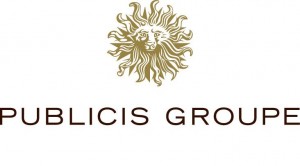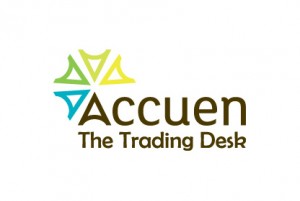APAC Round-Up: Publicis Groupe Aquires Beijing-based Longtuo; Australia Embraces "Gamification"; APAC Tech M&A Q1
Publicis Groupe Acquires Longtuo, Aiming for a Dominant Role in China's Booming e-Commerce Market Publicis Groupe announced this week it has acquired Beijing-based Longtuo, a digital marketing company with strong eCommerce expertise in creative, customer acquisition, marketing solutions and measurement tools. [...]
















Follow ExchangeWire